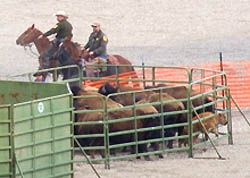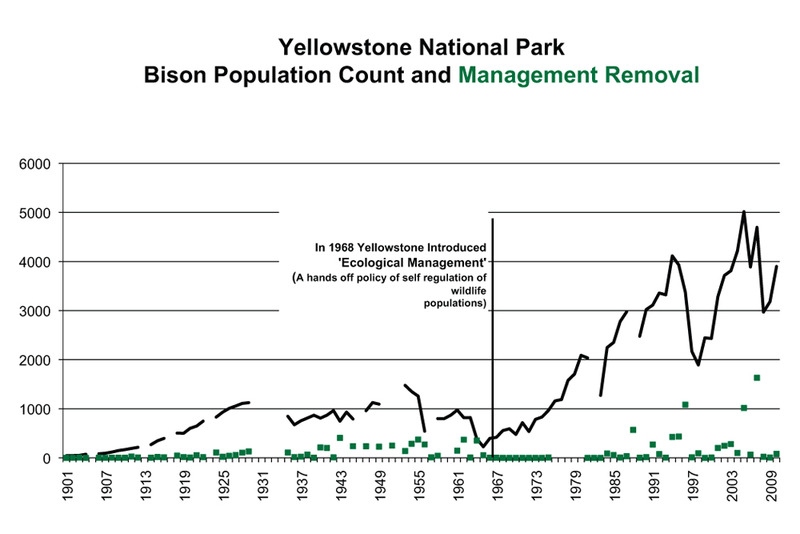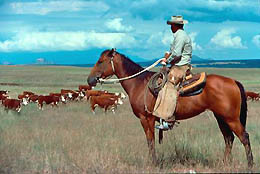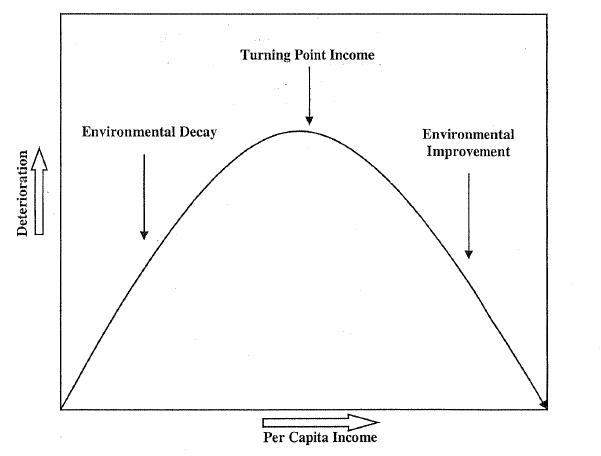Which of the following is not caused by climate change? Rising sea level, drought, less fog, reduced plant growth, warming temperatures, increased rainfall, glacial reduction, heavy snowfall, habitat loss, increased rainfall, increased heat-caused deaths, reduced cold-caused deaths, improved plant growth, higher priced beer or, as somebody actually believes, the death of Loch Ness? Nowadays, every illContinue reading “The Blame Game, Continued”
Author Archives: admin
Will new brucellosis rules let the bison roam?
To protect the bison in Yellowstoe from slaughter when they leave the park seeking winter forage, some private environmental group with an entrepreneurial plan should reward landovers who providing grazing room.
PERC Links
by Shawn Regan 1. Donald Leal discusses a novel approach to fisheries management: co-management. 2. Follow PERC on Twitter. 3. Chevron ordered to pay $9 billion for pollution damages in Ecuador. 4. A look at designated wilderness over time in the US. 5. PERC announces a call for papers for a forum on adaptations toContinue reading “PERC Links”
Will new brucellosis rules let the bison roam?
As hundreds of bison make their annual winter migration out of Yellowstone National Park, most are hazed back into the park. Others are captured, quarantined, and occasionally slaughtered.
This year, more than 500 bison are being held by state and federal officials. If the bison test positive for brucellosis, a disease that can spread to livestock, they risk being killed.
However, new federal brucellosis regulations have the potential to change the hostile attitudes towards bison by state agencies and ranchers, who have long fought to keep bison inside Yellowstone and away from livestock rangelands. The new rules, released in December and open for public comment, may also lower the costs of bargaining between bison advocates, who want an expansion of bison wintering habitat, and nearby livestock owners.
First, some background information. Bison once numbered in the tens of millions across North America. By the time Yellowstone was created in 1872, there were less than two dozen wild bison remaining. Aggressive park management resulted in rapid bison population growth throughout the first half of the twentieth century. So much growth occurred that culling the herd became necessary to maintain the population within the estimated carrying capacity of the park.
Opposition to the culling, however, brought changes to the park’s bison management policy. In 1968, an ecological management approach was introduced, leaving wildlife populations to self-regulate according to ecological conditions.
But Yellowstone is not a self-contained ecosystem for bison. As bison numbers increased, their required acreage increases as well—meaning that bison began to roam beyond the park’s borders. Without population control, Yellowstone’s bison numbers grew even more rapidly than before, from 556 in 1968 to as many as 5,015 in 2005.
Today, bison numbers remain high. The most recent survey counted 3,900. More bison means more land-use conflict as animals routinely cross the northern border into Montana in search of wintering habitat. There, the bison compete with livestock for forage and risk causing the state to lose its brucellosis-free status.
The real culprit of Big Meat
Arizona grassfed beef rancher and PERC Enviropreneur alum Paul Schwennesen has an essay in The Freeman today addressing Big Meat and the policies that perpetuate it: …it is my view that the consolidation of the meat industry is really due to a couple of problems unrelated to corporate meat processors. In fact, Big Meat isContinue reading “The real culprit of Big Meat”
“Big Meat” and Big Government
Government subsidies, overregulation and the consolidation has significantly altered the meat industry, makingit less competitive, loaded wiht paperwork, difficult for small ranchers to survive.
Global trends in deforestation
Some good news from the Economist: The rate of global deforestation slowed over the last decade. Some large countries, including China and India, actually increased their forest cover.
California’s Crazy Climate
Originally appeared in Defining Ideas: A Hoover Institute Journal on February 9, 2011 In 2006, the California Legislature enacted AB 32, the Global Warming Solutions Act that directed greenhouse gas emissions in the state to be at their 1990 level by 2020. To get a sense of what that means for the state, in 2006,Continue reading “California’s Crazy Climate”
New drilling method opens vast oil fields in US
by Pete Geddes AP writer Jonathan Fahey (a 2010 PERC Media Fellow) reports on a new drilling technique that is opening vast fields of previously out-of-reach oil in the western United States (interactive graphic here). I’m often asked about our consumption of natural resources, e.g., oil, iron, and copper. Since these resources are finite andContinue reading “New drilling method opens vast oil fields in US”
Mexico and the Environmental Kuznets Curve
Bruce Yandle has a new research paper out with Jody W. Lipford on the Environmental Kuznets Curve, a stylized version of which is presented above. The EKC holds that economic growth precedes improvements in environmental quality. After a certain threshold of economic growth is reached, environmental improvements follow. Yandle and Lipford apply the theory ofContinue reading “Mexico and the Environmental Kuznets Curve”





